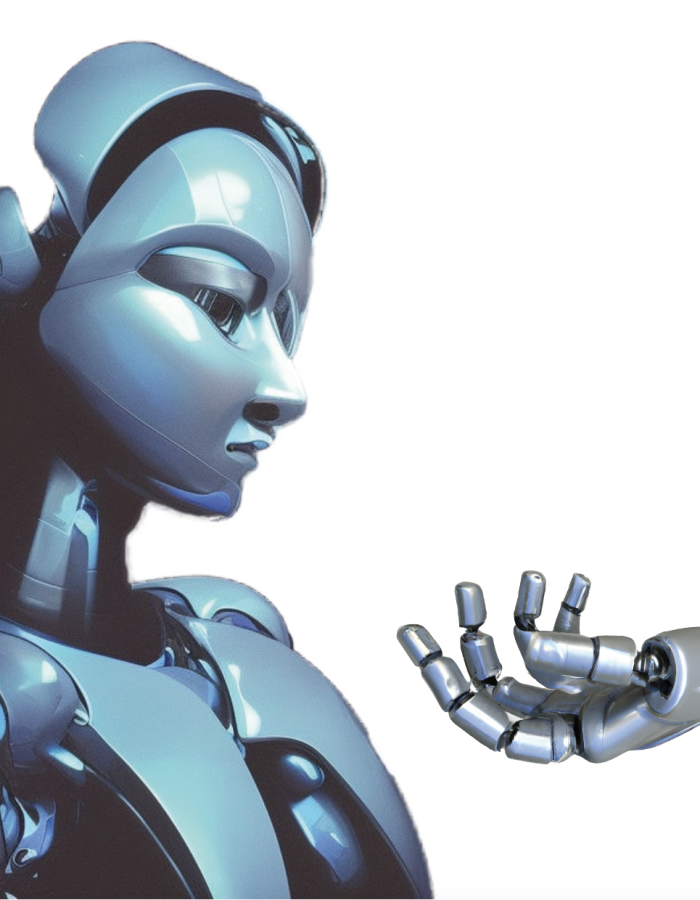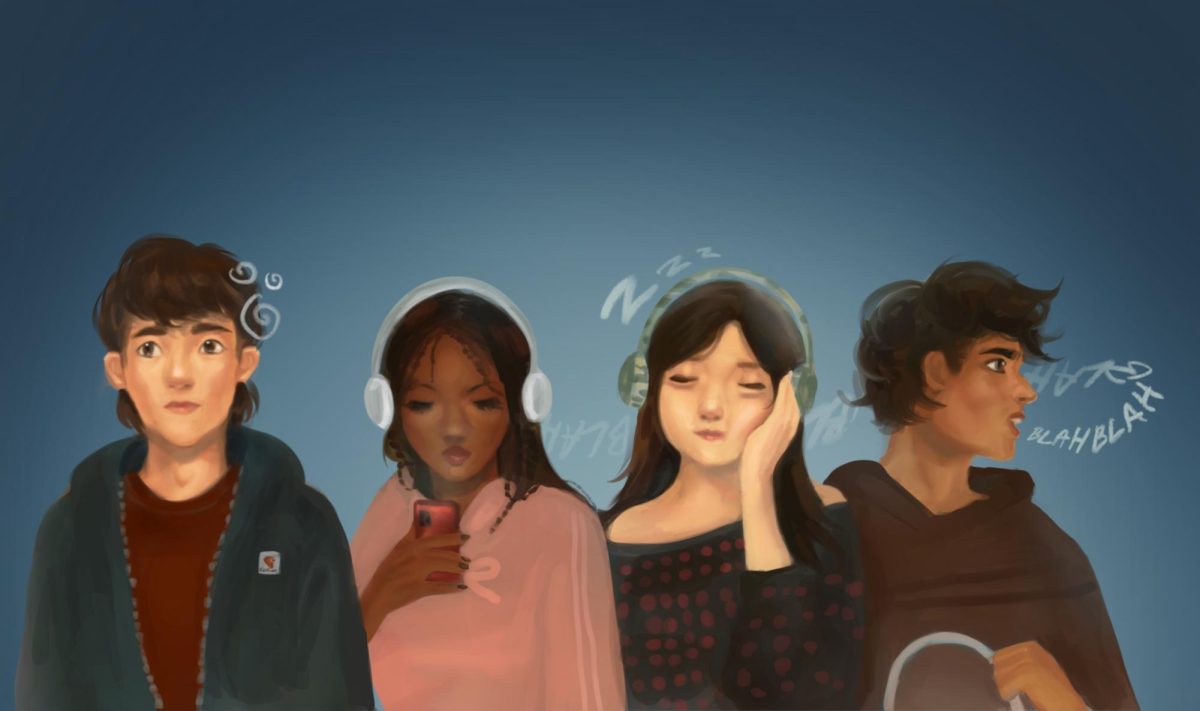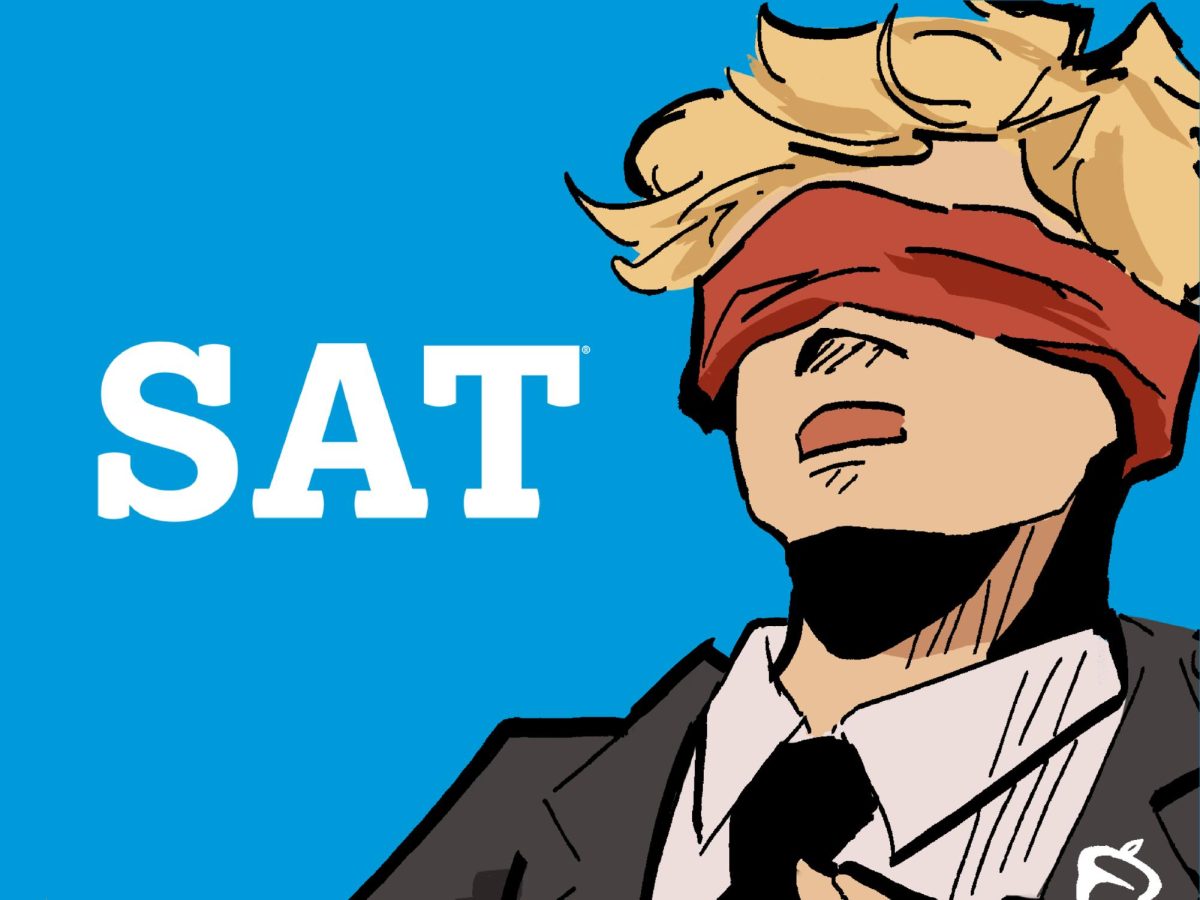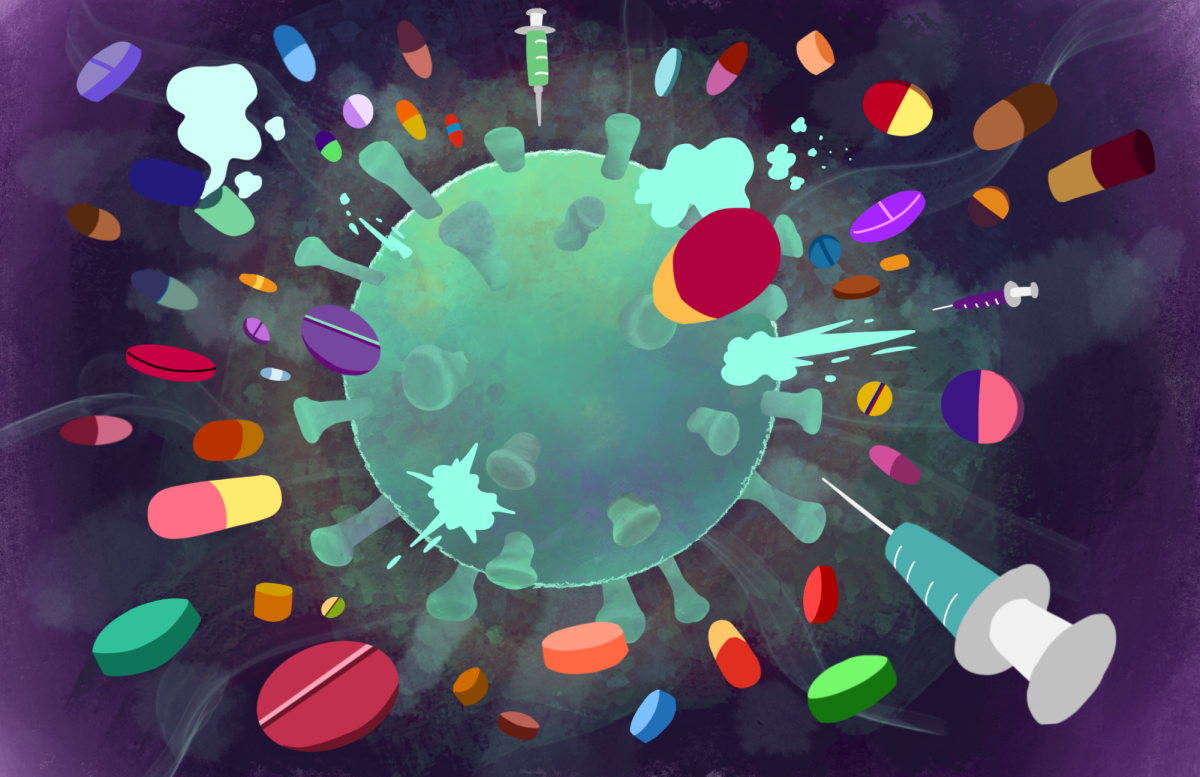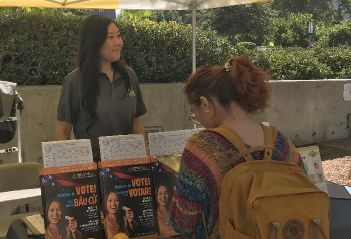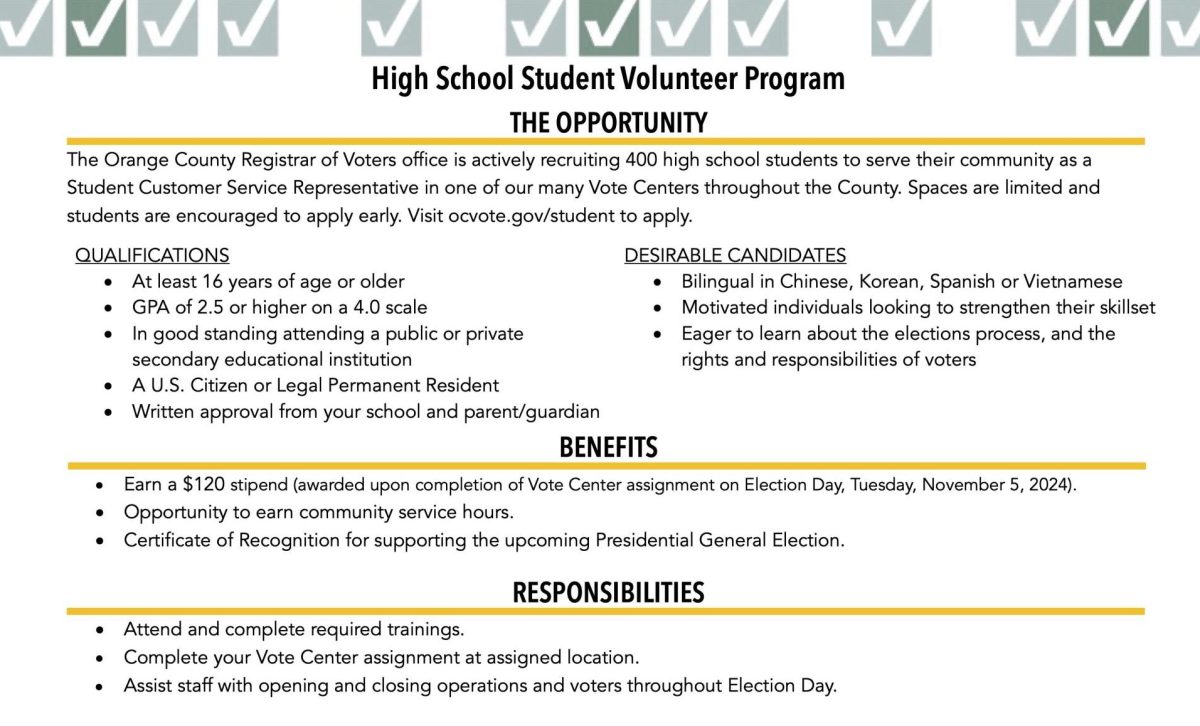iPhone user: “Hey Siri, what is artificial intelligence?”
Siri: “Here’s some information.”
Siri responds, providing one source from Apple’s built-in Siri Knowledge and two links from the default web browser Safari.
With the two-word trigger “Hey Siri,” the system automatically stores the following phrases into a recording that passes through the internet for processing, which reviews the request to send a relevant output.
The interactive voice incorporates artificial intelligence [AI], the development of computer programs to complete tasks that usually require human reasoning, perceptions and learning, to interpret each vocal input. The program relies on AI’s various subsets including natural language generation and machine learning to improve responses based on user experience and general habits, according to a Nov. 23, 2020, article from IT Chronicles.
While these features have come to be known as digital home assistants, some in the AI industry have gone as far as incorporating such advancements into a humanoid robot similar to the ones portrayed in sci-fi movies like “Blade Runner” and “Terminator.”
Tesla founder and the world’s wealthiest man Elon Musk, for example, has introduced “Optimus,” the company’s moving prototype for a humanoid robot. These advancements have caused many to lump digital assistants with robotics into the same category as AI.
Based on a poll from The Accolade’s online website, 23% of 111 total responses say they know the difference between AI and robotics while 60% of people sometimes have a hard time distinguishing between the two. Though AI often accompanies robotics, the two function independently from one another in entirely different fields according to a Nov. 26, 2021 article from AI Business.
AI Business says that robotics refers to the creation of automations without further additions, but AI enables the mechanism to perform normally human-required tasks such as serving in restaurants or spell-checking in essays.
Sunny Hills staff and students believe that AI continuously appears as a powerful technology that maintains its benefits, but hopes for a limit to its uncontrollable developments.
“I think that the field of AI and machine learning has already done a lot for society in many different areas,” said Coding Club president senior Kaneiya Desai, who is interested in studying AI’s impacts in the medical field. “The use of AI and machine learning can be really valuable to identify someone’s condition based on patterns that we’ve seen elsewhere, and that information can be used to gather data for the future as well.”
Desai said the Coding Club’s members have yet to express interest in learning about the programming behind AI; however, he hopes to incorporate its concepts during meetings if students begin to show interest.
According to a March 3, 2021, article from the Stanford Institute for Human-Centered AI, since the COVID-19 pandemic, the total global investment in AI has risen 40% from 2019-2020 compared with only a 19% increase from 2018-2019.
More businesses rely on this emerging technology because it alleviates skills shortages in businesses, boosts productivity, delivers new products and services and helps address supply chain issues, according to a Sept. 27, 2021 article from Harvard Business Review.
Senior Thaddaeus Kiker has been fascinated with AI technology since fifth grade — so much that he scored an internship this past summer at Harriton Research Lab, exploring collective computational data.
“I think mechanization is more of following the route of pure circuitry following direct input-output rules,” Kiker said. “Whereas semi-autonomous robotic systems fonder more artificial intelligence and maybe some fluid combination of knowledge-based and learning systems.”
However, according to an article from TeamStage, AI-generated robots continue to take over 1.7 million manufacturing jobs previously occupied by humans. Thirty-seven percent of young Americans between ages 18 and 24 worry about job loss from automation, and TeamStages predicts that up to 30 million jobs can be lost by 2030 because of robots.
Desai doesn’t believe it’s as bleak as it sounds.
“AI will take jobs, but AI is also going to be creating jobs,” he said. “While simple human jobs are being replaced by these computers that can perform the tasks equally as well, if not better, there are going to be openings in the AI field and there will be tasks that can’t be performed with AI, at least not with our current technology.”
Seeing the first stages of AI-based education with services such as Khan Academy, Desai believes these systems work toward tailoring for specific students, compensating for bigger class sizes in schools.
“In an educational setting, I think AI is very valuable, but I don’t see it taking teachers’ jobs because there is always going to be a necessity for teachers,” he said. “I think that AI can be very valuable for students, especially in their independent studying outside of the classroom, and I think it’s much more of a supplement than it is a replacement.”
Similarly, English teacher Tom Wiegman hopes to see essay-grading AI systems in the future but doesn’t believe they will completely replace jobs in schools.
“There are some services that can do some, but they haven’t gotten as sophisticated as they need to be,” said Wiegman, who regularly reads about AI in the news. “They work for some students but usually not as well for higher level students that have more complex thinking essays.”



